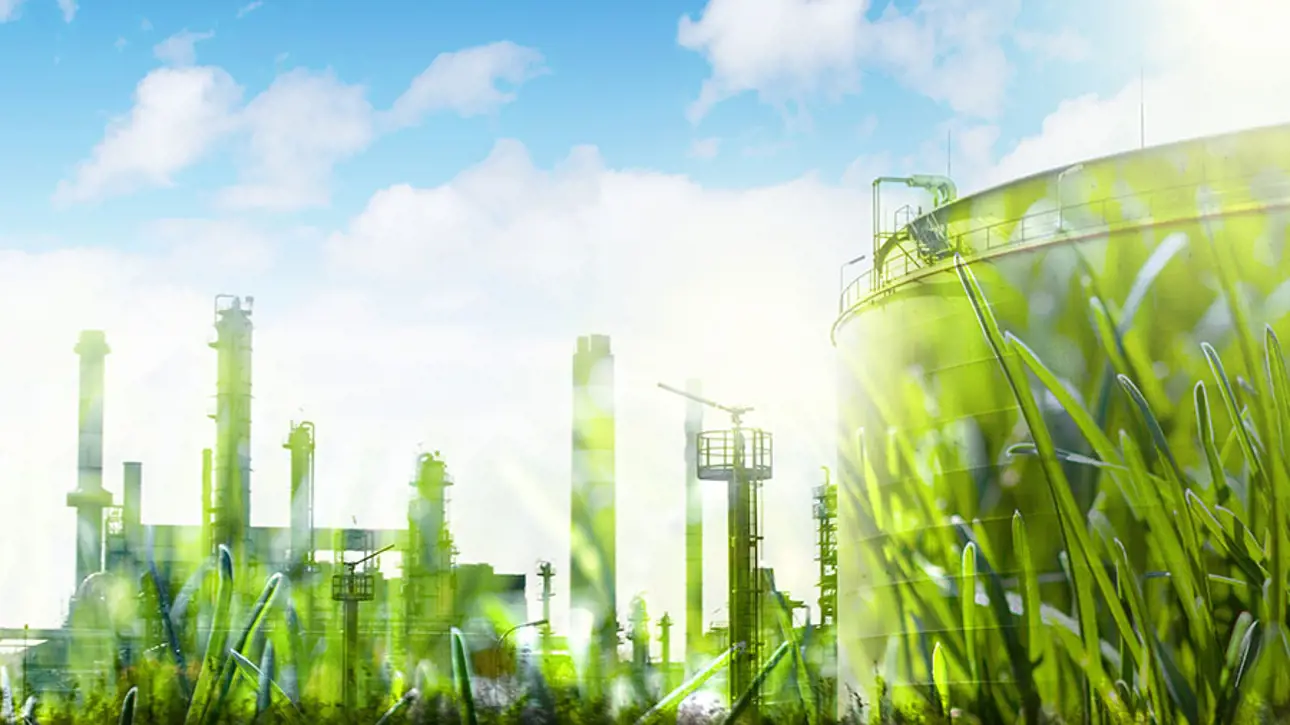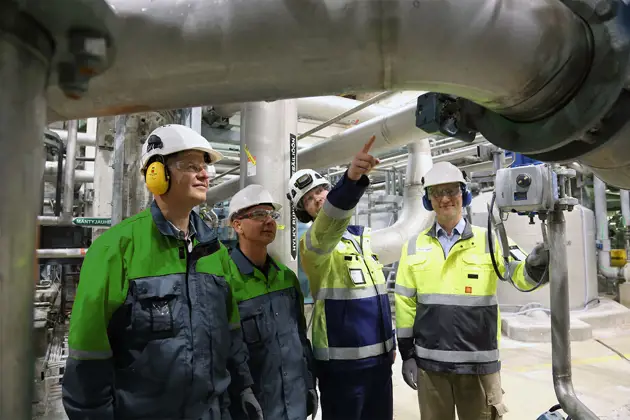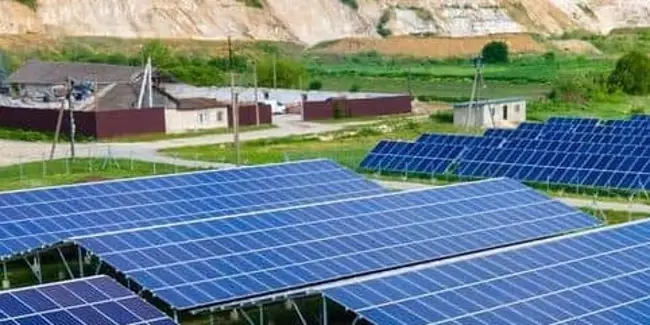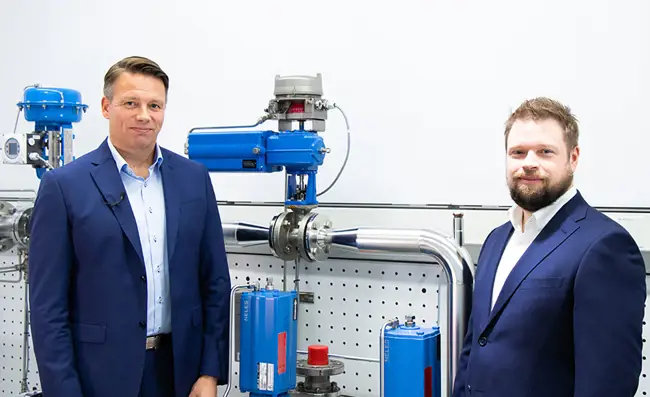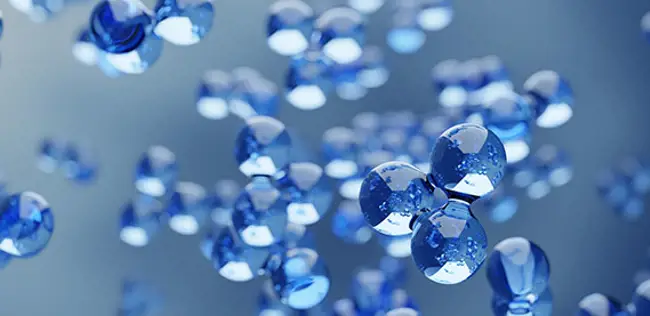What is Power-to-X? You may have noticed this buzz word in the headlines lately. What it refers to is hydrogen technology to store or convert surplus electricity, generated preferably from renewable energy sources. It also means the conversion of electric energy via hydrogen to hydrogen-based synthetic fuels and feedstock. The aim of this new technology is to help decarbonize the world.
The process to produce hydrogen requires huge amounts of energy, and the traditional hydrogen production methods using fossil fuels emit a lot CO2. Today, 95% of all hydrogen is produced by steam methane reforming (SMR), a process in which natural gas is reacted with steam to produce hydrogen and carbon monoxide. The carbon monoxide is converted to carbon dioxide by subsequent reaction, again with steam.
Industry decarbonization, the move from hydrocarbon-fueled economies to CO2-free or CO2-neutral hydrogen-fueled production, will not be easy and fast. To advance plans to cut down CO2 emissions, many countries are investing in new, more sustainable methods utilizing blue – and especially green – hydrogen.
Green hydrogen – carbon-free energy
The production of blue and green hydrogen doesn’t release carbon dioxide to the atmosphere. CO2 does occur in the production of blue H2, but the production of green hydrogen is completely free of carbon emissions. Blue hydrogen is produced through the traditional process (SMR), and the carbon dioxide removed is either used in other processes or stored for the long-term. Green hydrogen production uses renewable energy, such as wind, hydro, or solar power.
Green hydrogen is produced by water (H2O) electrolysis. Hydrogen and oxygen are separated by connecting metallic electrodes to direct electric current (DC) and dipped into water. The surrounding water gets split, while the hydrogen appears at the cathode and the oxygen at the anode.
What are the benefits of green hydrogen compared to traditional methods?
- Carbon-free energy storage and transport: Green hydrogen is a great carrier of Sources of energy include wind, hydro, and solar power.
- Production of green hydrocarbons and chemicals: Carbon dioxide-free production of, e.g., fertilizer, eMethane and eMethanol.
Burning green hydrocarbons emits greenhouse gases, but those are taken from the atmosphere during production, so the carbon emission balance is neutralized.
Using hydrogen to power our mobility keeps the air clean. The biggest positive effect will be in high-density population clusters, such as big cities. To sum it up, the new methods are an important element in meeting the targets of the Paris climate agreement.
Safe hydrogen production: The role of valves in Power-to-X
What role do valves play in all of this? The feedstocks, products, and byproducts of Power-to-X technologies are mainly gaseous, but also liquids and steam need to be handled. Heat transfer fluids may also need to be efficiently handled. Valves are needed to control the processes and to make them safe.
The production and utilization of hydrogen requires accurate and reliable flow control.
The production and utilization of hydrogen requires accurate and reliable flow control. Based on extensive experience in the flow control of critical media like O2 and H2, Neles valves can make production operations not only safer, but also more efficient. Our proven control valve packages, including a control valve, an actuator, and a smart positioner, perfectly aligned together, will increase process efficiency. When deciding on the best valve solution, our experts can help size the right valve unit also for challenging process requirements. Neles valves have a proven safety track record in ten thousands of hydrogen and oxygen applications in industrial gas applications, in the chemical industry and in refineries. In addition, our high-capacity valve trim solutions contribute to increased efficiency.
What are the best valve solutions for Power-to-X technologies? There are several types of valves applied in this process, but the NelesTM triple eccentric butterfly valve L-series and the NelesTM Segment valve R-series are two good examples.
